The subject matter includes the theme for which an artwork was created. A theme is an idea or concept used as a context for which an artwork was created. The primary theme behind “Ambulance on the Go” is “stories and histories” (Getlein). “Ambulance on the Go” was created under a historical context, specifically World War II. The painting, depicts a series of ambulances, on which the well-known logo of “The American Red Cross”. The “American Red Cross” has a long history of providing disaster relief to Americans during times of great need. At the time Johnson created this painting, it is known that the “American Red Cross” mostly provided numerous forms of relief to our armed forces overseas. Much of this relief came in the form of mobile medical care (ambulances)(American Red Cross). The theme could also include the “Here and Now. For some people, World War II represented a tragic and violent time in American History (1939-1945) (American Red Cross).
In comparison to “Ambulance on the Go”, Winslow Homer’s painting, “The Dinner Horn” would also have a “Here and Now” theme (Getlein), but from a different era (ca. 1870). The painting shows the lifestyle of operating a farm. In the painting we can see what appears to be distant animals and field workers, being called to dinner by a woman blowing a horn. For many people during this timeframe, farm life was very common. It meant working from sun-up to sundown, eating a good dinner, sleeping, and then preparing to repeat the cycle the next day. Although the “Here and Now” theme can be applied to both Johnson and Homer’s paintings, “Dinner Horn” depicts a simpler and less complicated lifestyle, time and place. Finally, in contrast to, “Ambulance on the Go”, “Dinner Horn” appears to have a more realistic scene of nature. From the various colored leaves and blowing wind, we could believe this is the natural scene of an autumn day. Such a scene, lends itself to an “Art and Nature” theme (Getlein). A deeper analysis of these artworks colors, shapes, and movement would guide us toward their design.
When looking at the design of these artworks, the elements and principles of their design must be examined. Johnson’s painting depicts a directional line of ambulances moving farther out towards the horizon. Directional lines guide our eyes in the painting and suggest movement. As we follow the trail of ambulances we can notice there is a linear perspective, where the farthest left-most ambulance is approaching a vanishing point. The term linear perspective means that objects seem to diminish in size as they recede from us and corresponding parallel lines converge into a distant point on the horizon (vanishing point). Johnson also appears to use analogous color harmonies. An analogous color harmony is an arrangement of colors that are also adjacent to one another in the visible spectrum of colors. The most notable color harmony is the green fields against yellow flowers, yellow ambulance wheels and yellow houses. Finally, the shadows underneath the wheels and body of the closer ambulances indicate there is an implied light source (perhaps the sun)
Similar to “Ambulance on the Go”, “Dinner Horn”, also uses directional lines and movement. This direction and movement is seen through the woman standing in the center of the painting. In one direction the woman is facing and blowing a dinner horn which directs our eyes toward the field. However, her blowing dress implies wind movement in the opposing direction. We can also see vertical lines in the edge of the house and window seal and diagonal lines in the house’s side boards & tree limbs. Unlike “Ambulance on the Go”, this painting contains a contour line which outlines the shape of the hillside closest to the house. In terms of color, there are several analogous autumn earth tone colors. These colors can be seen in the brown, yellow, and red leaves blown at the woman’s feet (including the brown color of the house). From an atmospheric perspective, we can see a receding landscape, where the field workers, animals, and trees are less distinct. Atmospheric perspective is an optical effect where a receding pale blue sky causes other intervening distant objects to be less distinct and take on a bluish tinge. As in Johnson’s “Ambulance on the Go”, the landscape also recedes into a blue sky. The shadow underneath the blown dress and the shadow along the nearby hillside, indicates there is implied sun light, similar to the implied light in “Ambulance on the Go”.
Johnson’s painting, “Ambulance on the Go”, uses several principles of design. These design principles include unity, variety, rhythm, and asymmetrical balance. The most obvious principles are the unity and rhythm of the ambulances. The ambulances are all similar in shape, color and direction of movement. They have a tight formation marching along the road as if they are part a single of linked chain. This repetitive chain of ambulances reinforces the concept of rhythm in the painting. We also see a rhythmic line of yellow houses and trees along the horizon. Again, there is even more repetition as we follow the line of telephone poles along the road. There are some unifying colors in the painting. The green fields seem to dominate the lower half of the painting and shades of blue dominate the upper half of the painting. Yet there still seems to be some colors of variety, with the yellow and red flowers speckled in the green field and yellow and red wheel spokes. Finally, the painting appears to be asymmetrically balanced. Looking along the road in the direction of movement, on the right side of the road we see telephone poles, houses, and trees. On the left side we only see small flowers.
“Dinner Horn”, displays the design principles of emphasis, subordination, asymmetrical balance, unity, and variety. The main point of emphasis is the lone female standing in the center of the painting. She stands out because her bright dress and skin tone sharply contrasts with the darker hues in the background. The dark house and trees provide an implied frame around the woman. The house, trees, shadowy hillside, and distant field are all subordinate to the lone female. Also, the painting seems to be asymmetrical, primarily because the visual weight of the house draws some attention away from the female. The scene would appear more symmetrically balanced without the house and if a tree trunk on right balanced the left tree trunk as the woman stood in the center. The entire painting implies a seasonal change to autumn. The wind blowing red, brown, and yellow leaves unifies the autumn scene of the painting. The dark earth tone color of the house (brown) further unifies this autumn scene. Although these colors give some unity, we can also see a lone patch of dirt that the female stands in, providing some variety. There also seems to be some strange variety of color in the blue leaves to the right of the woman.
The mood of an artwork is the subjective perception of the overall feeling or states of mind the artwork projects. When looking at the marching ambulances of Johnson’s “Ambulance on the Go”, we perceive that there is a determined mission to be accomplished. Visually, the overall mood of the painting has a childish cartoon quality. In contrast, “Dinner Horn”, shows a authoritative looking woman standing upright with one hand on here hip. In addition it would require a great deal of energy to blow the dinner horn loud enough for the workers to hear. The overall mood here speaks to a authoritative energy being displayed through the woman.
The medium used in “Ambulance on the Go” is tempera - a type of paint made with egg yolk (Wikipedia), pen, and ink with pencil on linen adhered to paper. Tempera painting is quite different from oil painting, and usually does not produce colors as deep as an oil painting (Wikipedia). For a precise technique, tempera paintings may also require several small brush strokes (Wikipedia). The colors in “Ambulance on the Go” appear to be brighter and not as deep as those of “Dinner Horn”, an oil painting on canvas. Also, “Dinner Horn” appears to have finer detail than “Ambulance on the Go”. For example, “Dinner Horn” shows very fine detail and shadows in the woman’s blowing dress, an interleaving of light and shadows in the nearby trees, and details in the house. A hidden brush stroke technique appears to be used here, allowing us to see these fine details, the effects of lighting and shadows along with a contrasting of colors. Given the limitations of the medium and techniques used, we can now examine how this impacts the style of each paining.
Examining the style or appearance of objects in “Ambulance on the Go”, the painting appears to be stylized. Stylized means objects in the drawing appear to be drawn in a standard fashion. For example, when Johnson draws one ambulance, then we know how the remaining ambulances will look, because they’re drawn in a standard fashion. This is also true for the telephone poles and trees. In comparison, Winslow Homer has a more naturalistic style in his painting. Naturalistic means that objects or bodies are represented the way they appear to us in the real world. Light, colors, shadows, and bodies are realistically reflected in the artwork. Homer’s painting, “Dinner Horn”, realistically shows a female blowing a horn to call workers in for dinner. The woman is drawn to scale, the light and colors are reflected realistically, the wind seems to have a natural flow, and the shadows are consistent with the direction of the light source.
In Conclusion, the reason these works were examined is because of their artistic and historical significance in American culture. “Ambulance on the Go” and “Dinner Horn” were both created by American artists of the Modern Art Period. The subject matter (theme) for which the paintings where created represent vastly different aspects of American life. The design elements and principles also show several similarities as well as differences. However, the mood in “Ambulance on the Go” may be perceived as a childish drawing, while the mood in “Dinner Horn” is perceived to be authoritative and energetic. Johnson’s choice of medium, tempera, also seems to dictate what kinds of technique he uses, setting it apart from Homer’s oil on canvas painting. Finally, the stylized characteristic of Johnson’s Red Cross ambulances contrasts greatly with Homer naturalistic style of landscape and farm life. Overall, these artists have some similarities as painters of Modern American art, however, their art work portrays American life from completely different angles.
Overall, I liked both artworks because they helped me study, understand and appreciate art in a new and interesting way. The analysis of these artworks expanded my way of thinking about art and provided a lesson I can carry with me forever.
Work Citations
Getlein, Mark. Living with Art, Eighth Edition. New York: McGraw-Hill, 2005
Wikipedia.”Winslow Homer”.Wikipedia.26 April 2007.01 May 2007
Wikipedia.”William Johnson (artist)”.Wikipedia.18 April 2007.01 May 2007
Wikipedia.”Tempera”.Wikipedia.24 April 2007.01 May 2007
Wikipedia.”Art Periods”.Wikipedia.29 April 2007.01 May 2007
American Red Cross. “World War II Accomplishments of the American Red Cross”. American Red Cross Museum. 01 May 2007 <>.

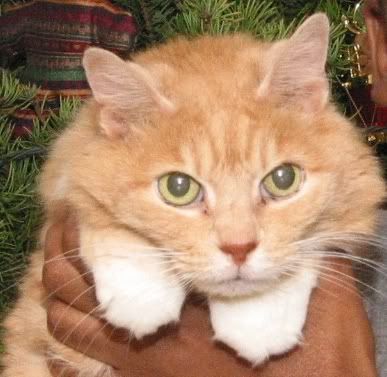

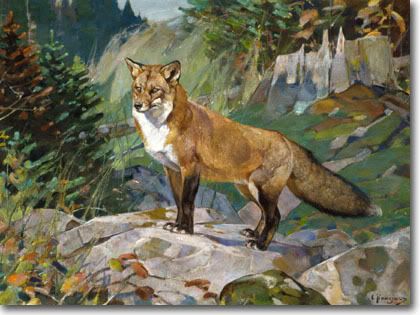

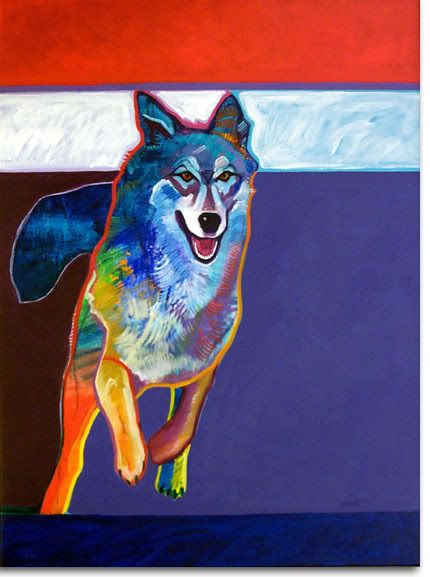

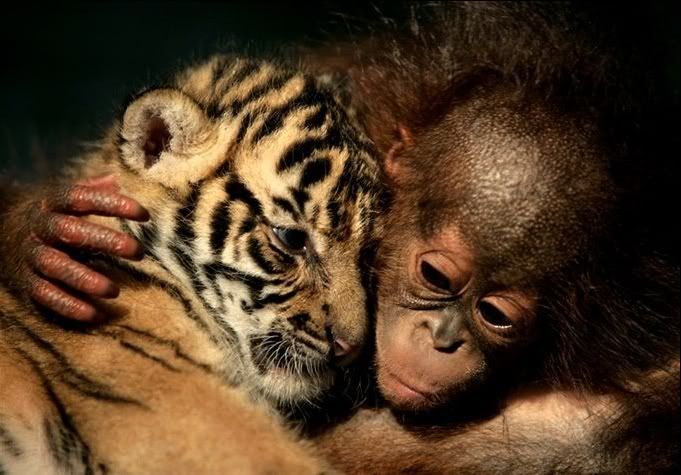
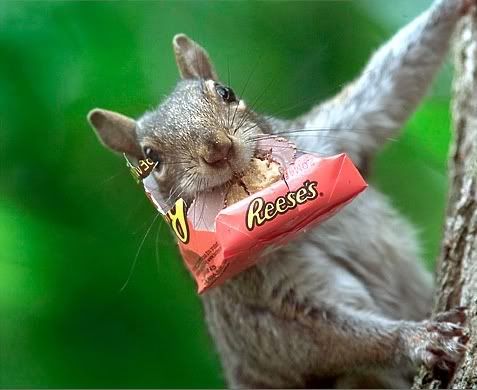
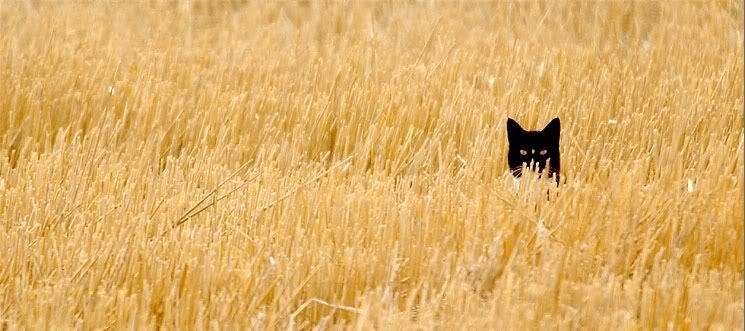
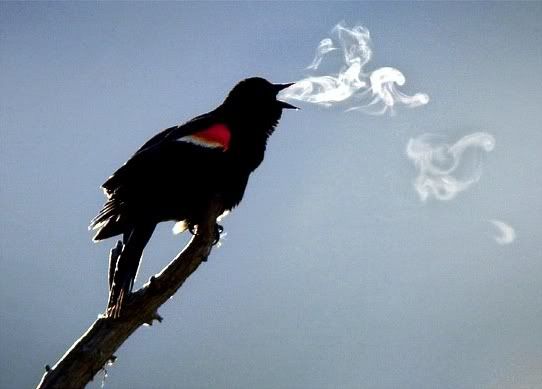

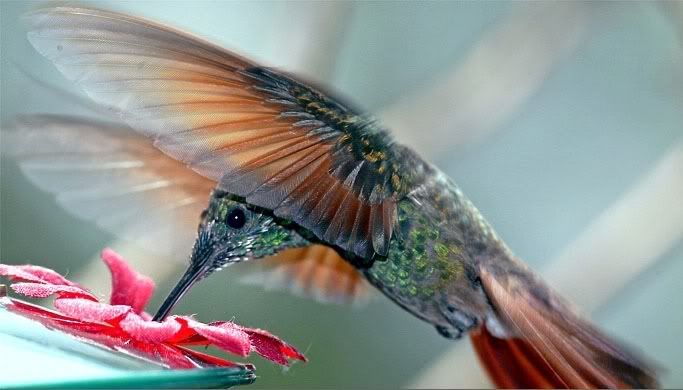
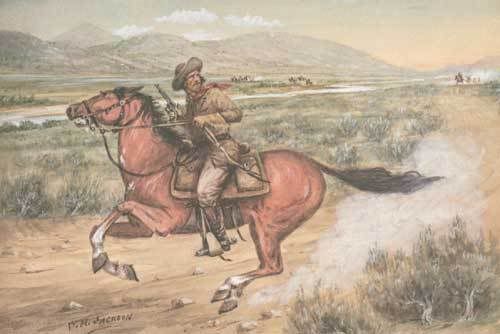
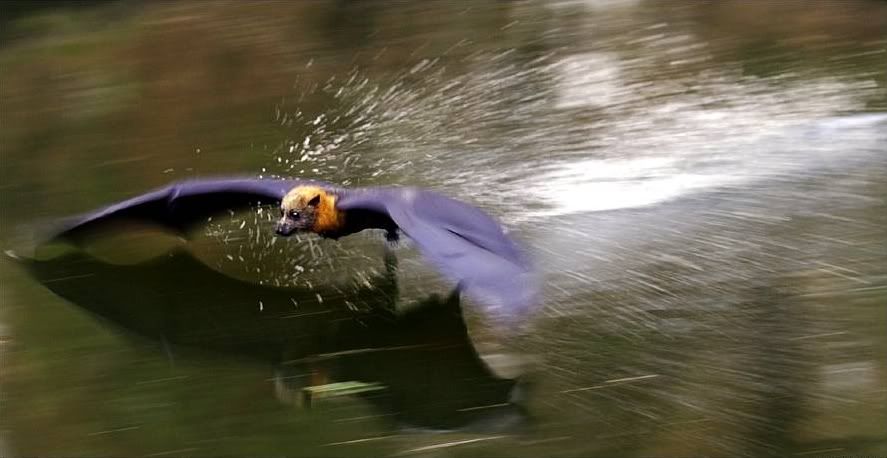
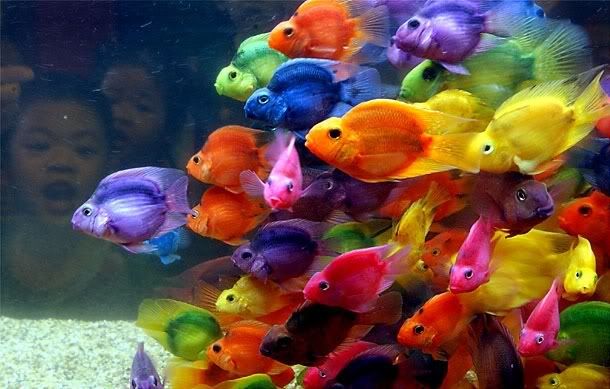
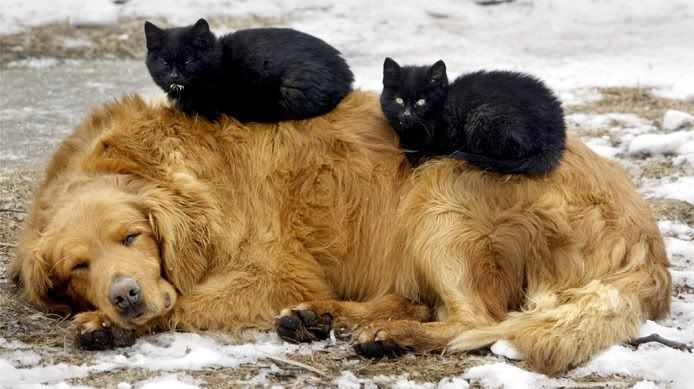
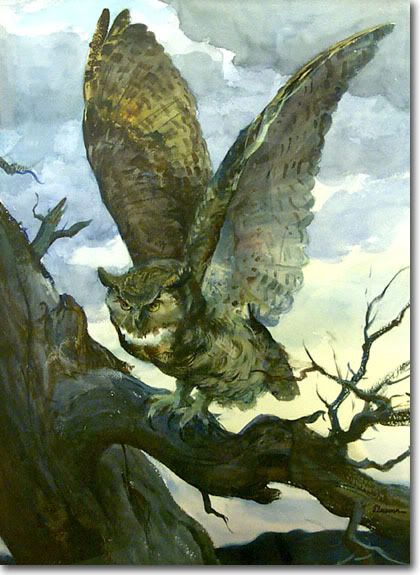

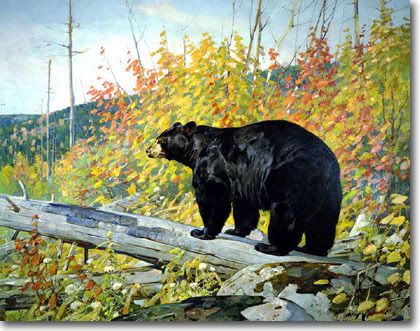



 October: Oprah Winfrey
October: Oprah Winfrey



